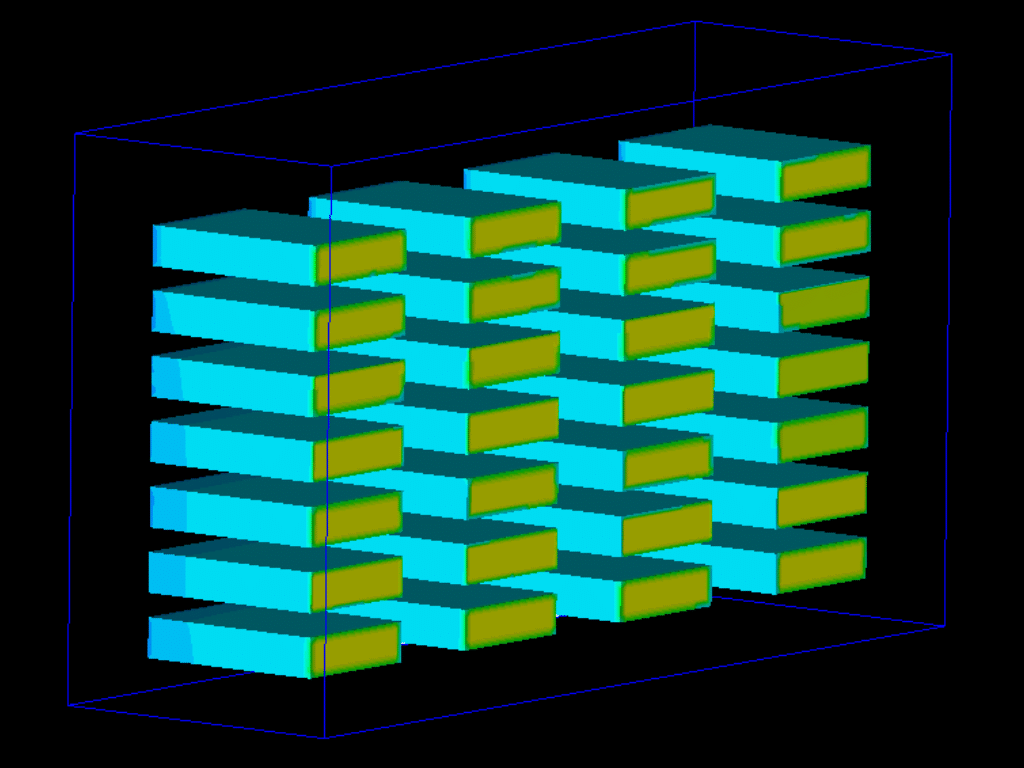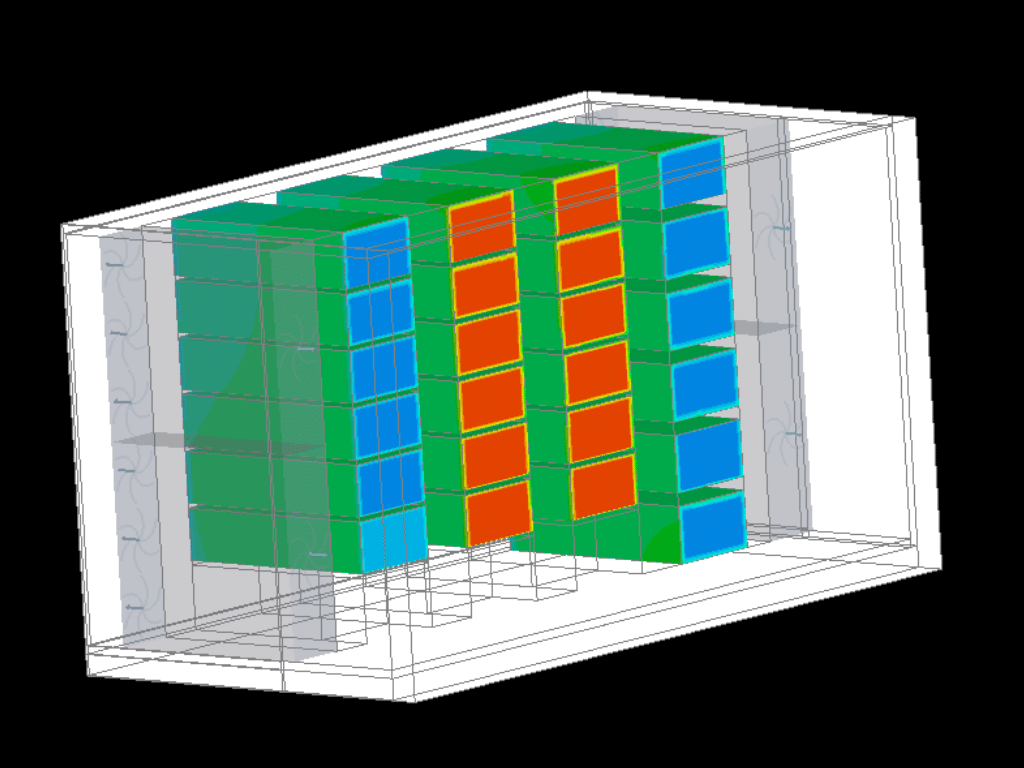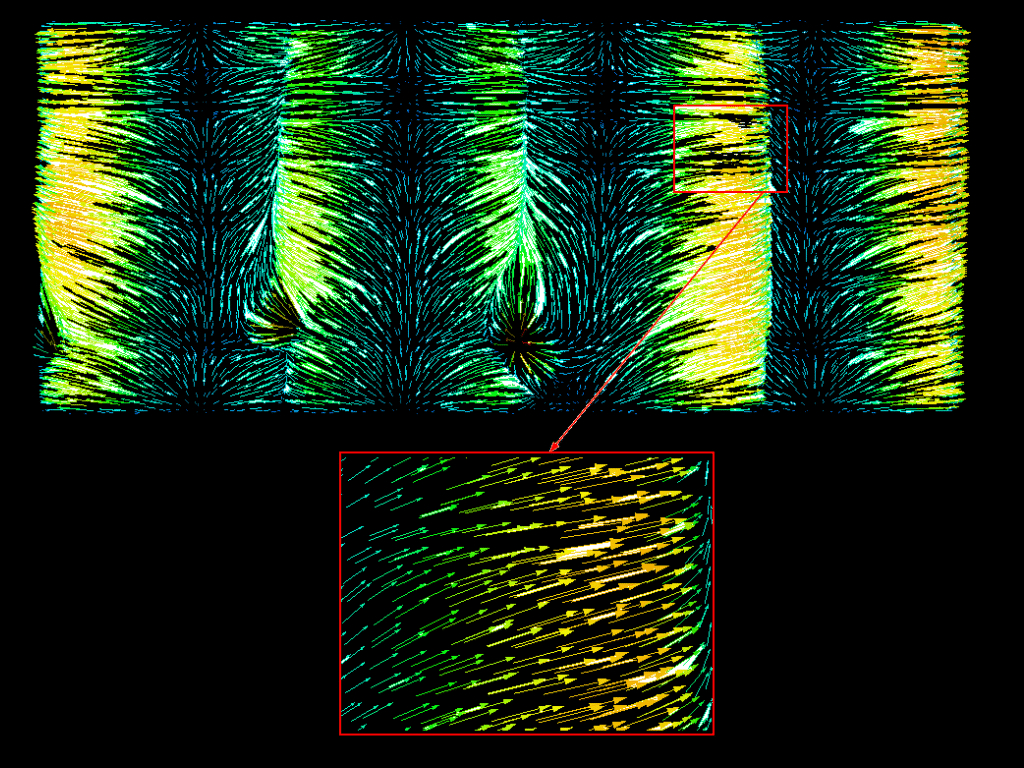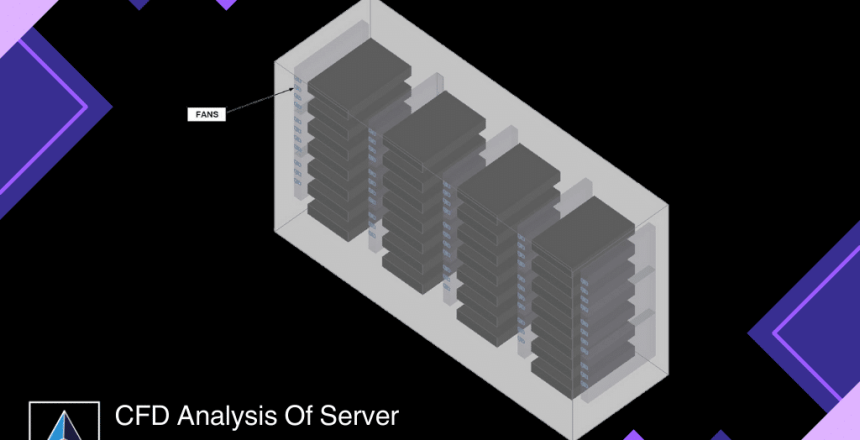This case study presents a comprehensive analysis of a server rack cooling system using Computational Fluid Dynamics (CFD) to optimize performance and adhere to industry standards.
Challenges and Objectives
Challenges: The client faced issues with potential hotspots, uneven cold air distribution, and inefficient temperature management in their server racks.
Objectives: The primary objectives were to identify and mitigate hotspots, improve cold air velocity distribution, and enhance overall system performance.

Methodology (Solutions Implemented)
Modelling: Utilized 3D CAD to create a detailed model of the server rack cooling system.
Boundary Conditions: Defined boundary conditions including server heat load, cooling unit specifications, air flow rate, supply air temperature, and ambient temperature.
CFD Analysis: Conducted CFD simulations to analyze air flow patterns, temperature variations, and identify potential hotspots.
Optimization: Implemented changes such as repositioning of servers with different heat loads and Mass flow rate of cooling units to improve thermal management.
Post-Processing: Analyzed simulation results to optimize air flow rate and ensure uniform temperature distribution within the cabinets.

Benefits (Results Achieved)
Identified and mitigated potential hotspots, reducing the risk of server malfunction.
Increased and evenly distributed air flow rate (CFM) to improve temperature control inside the cabinets.
Repositioning of servers and cooling units suggested for better thermal management, leading to improved system performance.

Summary of Project
In conclusion, the CFD analysis of the server rack cooling system helped in identifying and addressing key issues, leading to improved performance and adherence to industry guidelines. The optimized system now ensures efficient cooling and temperature control, enhancing the overall reliability and functionality of the servers.


